What Are the Legal Requirements for Boat Outfitting? Your Ultimate Guide to Staying Safe and Compliant on the Water
When you're out on the water, whether you're cruising the coastline or enjoying a day of fishing, the last thing you want to worry about is getting into trouble with the law. But here's the thing: boat outfitting isn't just about having the best equipment—it’s also about ensuring that you meet legal requirements to keep yourself, your passengers, and your vessel safe and compliant with local laws. From safety gear to registration and navigation lights, there are certain must-have items for every boat. In this guide, we’ll walk you through the essential legal requirements you need to consider when preparing your boat for the season ahead.
Whether you're a seasoned sailor or a newbie looking to buy boat outfitting equipment for your very first vessel, we’ve got you covered. And don’t worry—we’ll keep things light, easy to understand, and a little bit fun along the way!
1. Boat Registration: The First Step Toward Legal Boating
Before you even think about heading out onto the open water, the first thing you’ll need to do is register your boat. This is an important legal requirement for most boats, and not having your boat properly registered can result in fines or even confiscation of your vessel.
In most cases, boats are required to be registered with the state in which they’re primarily used. You’ll need to submit the proper documentation, which may include proof of ownership and the hull identification number (HIN). Additionally, your boat’s registration number must be displayed on both sides of the vessel, and it must be easy to read.
2. Boat Title: Proving Ownership
In addition to registering your boat, it’s also a good idea to have a clear boat title, especially if you decide to sell your boat down the line. A boat title acts like a “vehicle title” for a car. It proves that you’re the legal owner of the vessel. If you’re buying a used boat, be sure to check the title to ensure that the seller is the legitimate owner and that there are no liens or claims against it.
Some states require you to title your boat, while others may only require it if the boat exceeds a certain length or horsepower. You’ll need to check with your local boating authority to see if you need a title in your area.
3. Safety Equipment: Essential Gear for Every Boat
Now that your boat is legally registered, it’s time to talk about outfitting it with the necessary safety equipment. Here’s the thing: safety gear isn’t just a good idea—it’s the law. Depending on where you boat, there are specific legal requirements for the equipment you need to have on board. Let’s break down the essentials:
Personal Flotation Devices (PFDs)
The most important safety item you can have on board is a personal flotation device (PFD), commonly known as a life jacket. By law, every person on the boat must have a properly fitting, Coast Guard-approved PFD. And yes, that means you need one for every single person, not just the captain!
But here’s the catch: While everyone must have one, they don’t necessarily need to wear it at all times (unless you're operating a small vessel, like a kayak or paddleboard). However, if you’re out on a boat in rough conditions, it’s a good idea to keep it on. Some states have additional rules about when life jackets must be worn, so be sure to check your local laws.
Fire Extinguisher
A fire extinguisher might seem like an unlikely addition to your boat outfitting list, but it’s a legal requirement for most vessels. The size and type of fire extinguisher required will depend on the size of your boat, but even smaller boats need at least one onboard. Make sure it’s easily accessible and up to date with regular maintenance, so you’re prepared if an emergency arises.
Visual Distress Signals
When it comes to boating, it’s always good to be prepared for unexpected situations. If your boat becomes disabled or you find yourself in an emergency situation, you’ll need a visual distress signal to alert others for help. There are several ways to comply with this requirement, including flares, distress flags, or other Coast Guard-approved devices. Be sure to have the necessary signals based on the type of waters you’re navigating (saltwater vs. freshwater) and the size of your vessel.
Sound-Producing Devices
To ensure that you can communicate with other vessels or the authorities if needed, you must have a sound-producing device, such as a horn or whistle, on board. It’s also a legal requirement in many states, so make sure you’ve got one within reach!
First Aid Kit
While not always legally required, having a first aid kit on board is a smart safety measure. It’s a good idea to include items like bandages, antiseptic wipes, pain relievers, and anything else that might come in handy in case of minor injuries. It’s always better to be over-prepared than underprepared!
4. Navigational Lights and Day Shapes: Keeping Visibility High
Boating at night or in low visibility conditions? Then you’ll need to outfit your boat with the proper navigational lights. These lights help other vessels see your boat, and they also help you see others—essential for maintaining safety on the water.
The basic rule of thumb is that if your boat is operated between sunset and sunrise, or in conditions where visibility is low (like fog or rain), you must have working navigational lights. These include:
- Red and green sidelights (showing your port and starboard sides)
- A white stern light (illuminating the back of your boat)
- A masthead light (if your boat is over a certain size, generally 39 feet or more)
Additionally, boats operating in certain conditions (such as when anchored at night) may need to display day shapes, which are visual signals used to communicate your boat’s status.
5. Waste Disposal: Don’t Pollute the Waters
When you’re out on the water, it’s tempting to forget about the environment around you. However, one of the most important legal requirements for boat outfitting is ensuring that you have proper waste disposal systems in place. From sewage to garbage, you are legally required to properly dispose of waste while on the water. The rules vary depending on the type of water you’re on (i.e., freshwater versus saltwater), but here are a few things to keep in mind:
-
Marine Sanitation Devices (MSDs): If your boat has a toilet, it’s a must to have a certified MSD on board. These devices prevent untreated sewage from entering the water. Some states may require boats to be equipped with a holding tank for waste.
-
Garbage Disposal: Don’t throw trash overboard—this includes things like plastic bottles, food wrappers, and other debris. Many areas have specific laws prohibiting the disposal of trash into waterways, so make sure to have a trash bag or receptacle to dispose of waste properly.
6. Check Local Laws and Regulations: The Importance of Staying Informed
When you buy boat equipment, keep in mind that boating laws can vary greatly depending on the state or region in which you operate your boat. Some laws are specific to particular waterways, while others apply universally. It’s important to do your research on local laws to ensure your boat complies with all regulations. Many state and local governments have online resources where you can find updated information on boating laws, registration, and safety requirements. All states may vary. Check with local regulations and associations, lawyers and other professionals for guidance.
7. Upgrading Your Boat: Legal Compliance in the Modern World
When it comes time to buy boat outfitting equipment for your vessel, remember that the equipment you purchase should meet legal standards. Whether you're upgrading your safety gear, installing new navigation lights, or adding a fresh fire extinguisher, the equipment you choose should be up to code. By purchasing certified and legal equipment, you not only ensure your boat is safe and compliant but also prevent potential fines.
If you're upgrading for the first time, or simply replacing old gear, look for certified products that meet the U.S. Coast Guard or local standards. Some of the most common legal requirements for outfitting include life jackets, fire extinguishers, and visual distress signals.
Conclusion: Stay Safe and Compliant on the Water
Outfitting your boat is about more than just adding cool gadgets or stylish features—it's about ensuring you meet the necessary legal requirements that protect your safety, your passengers, and the environment around you. By investing in the right safety gear, registering your boat properly, and staying informed about local laws, you can make sure you’re boating with peace of mind. So, whether you're getting ready to buy boat equipment for the first time or updating your current supplies, make sure your boat is ready for all the adventures ahead. Stay safe, stay compliant, and most importantly, have fun out on the water! Buy your boat equipment and stock up at CycloneSale.com for all your needs today!


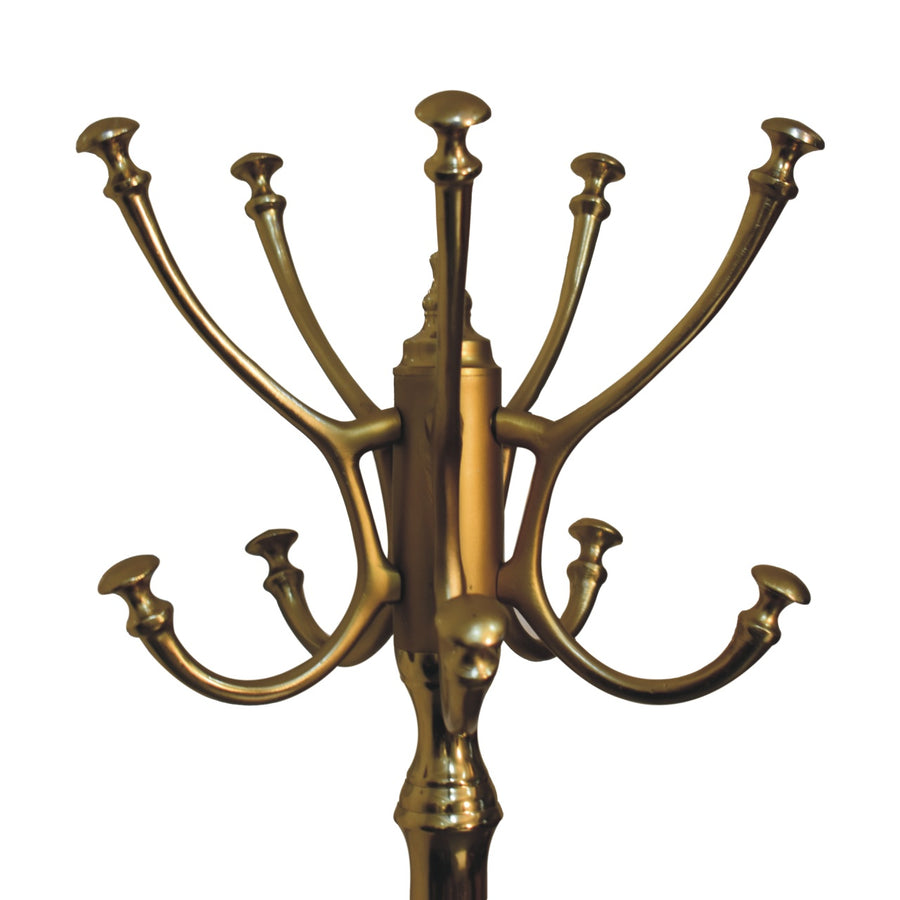
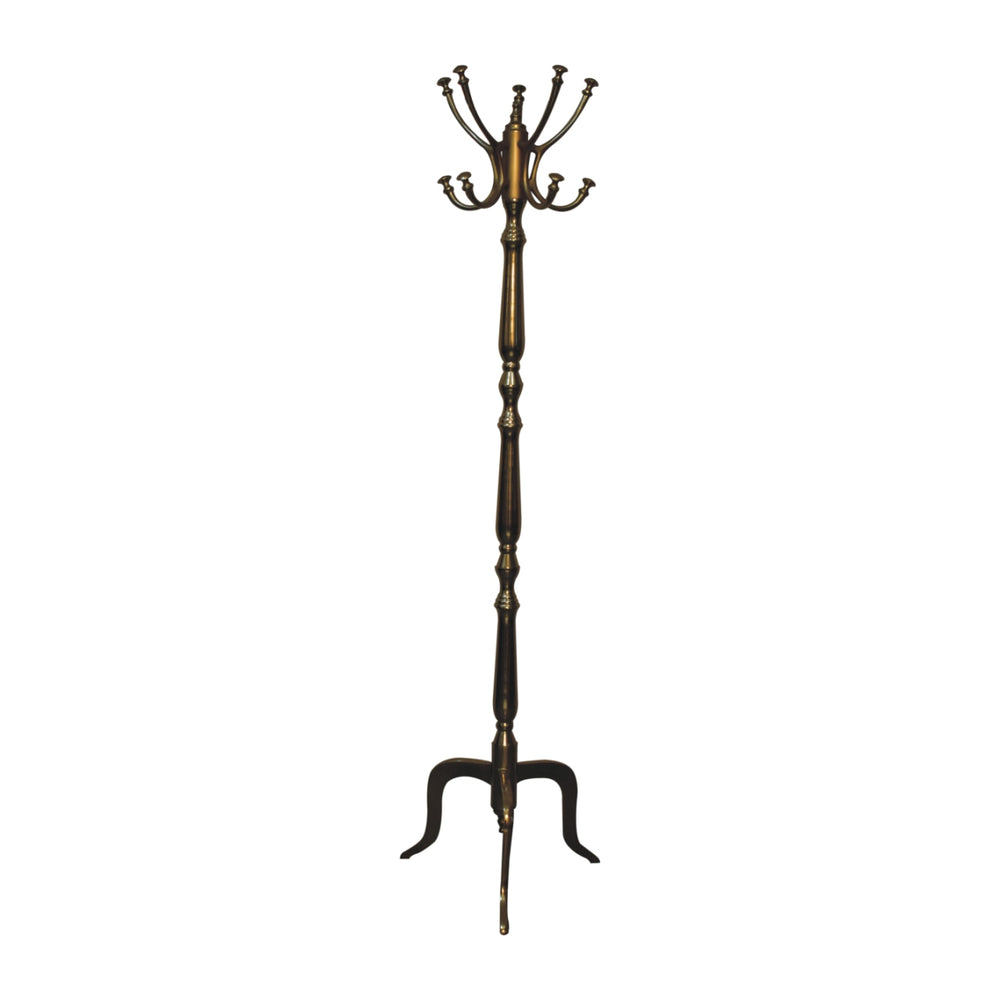

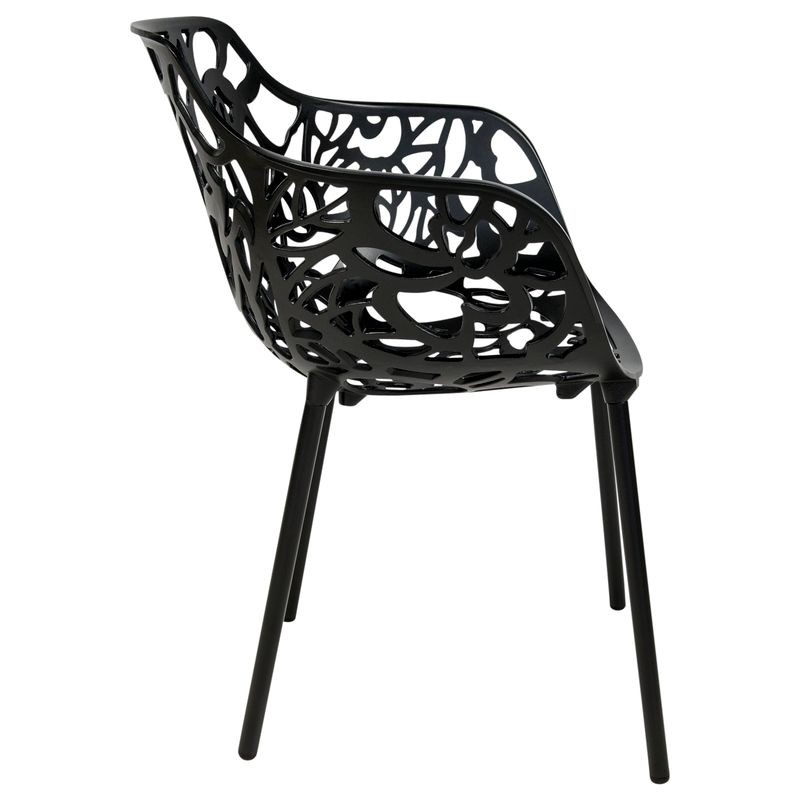
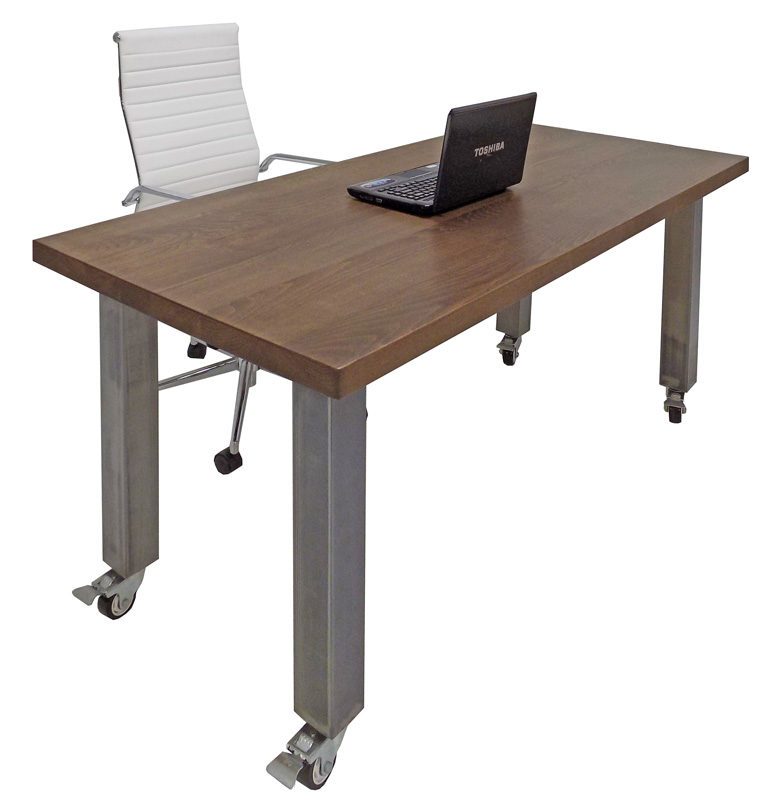
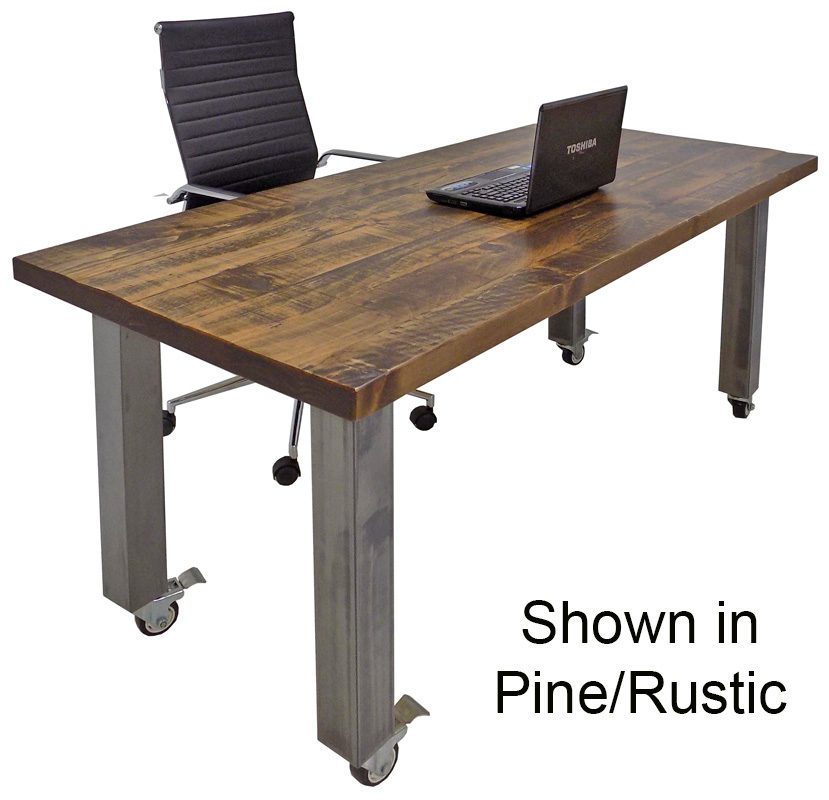
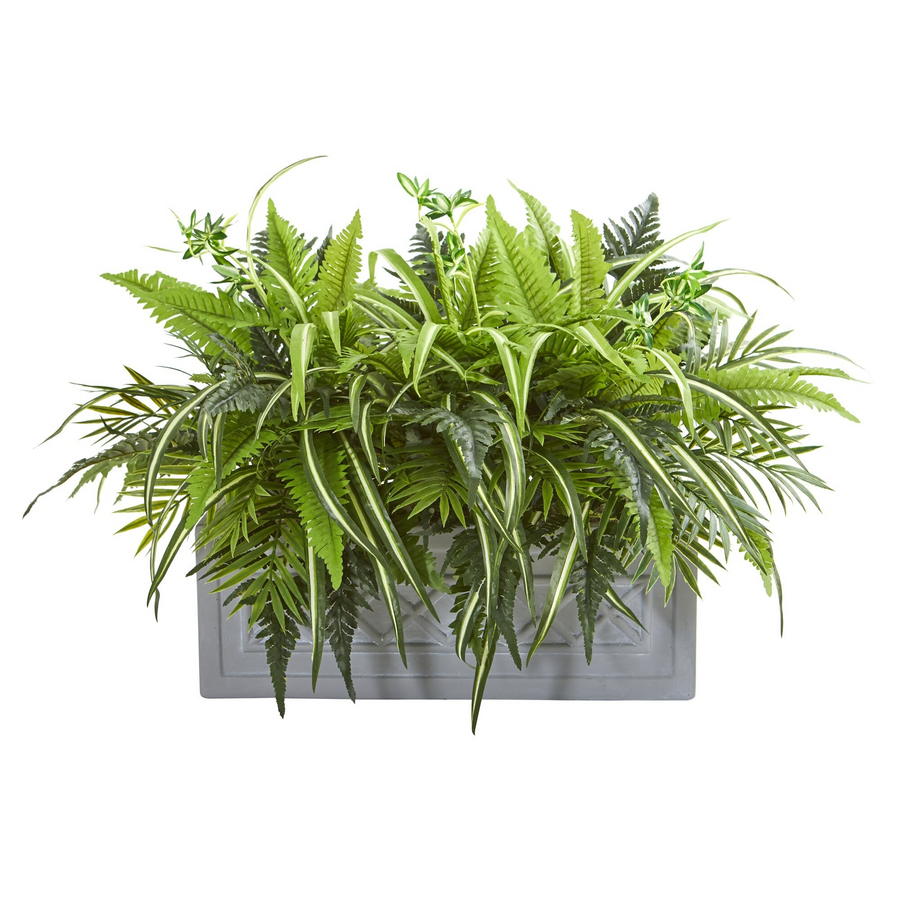

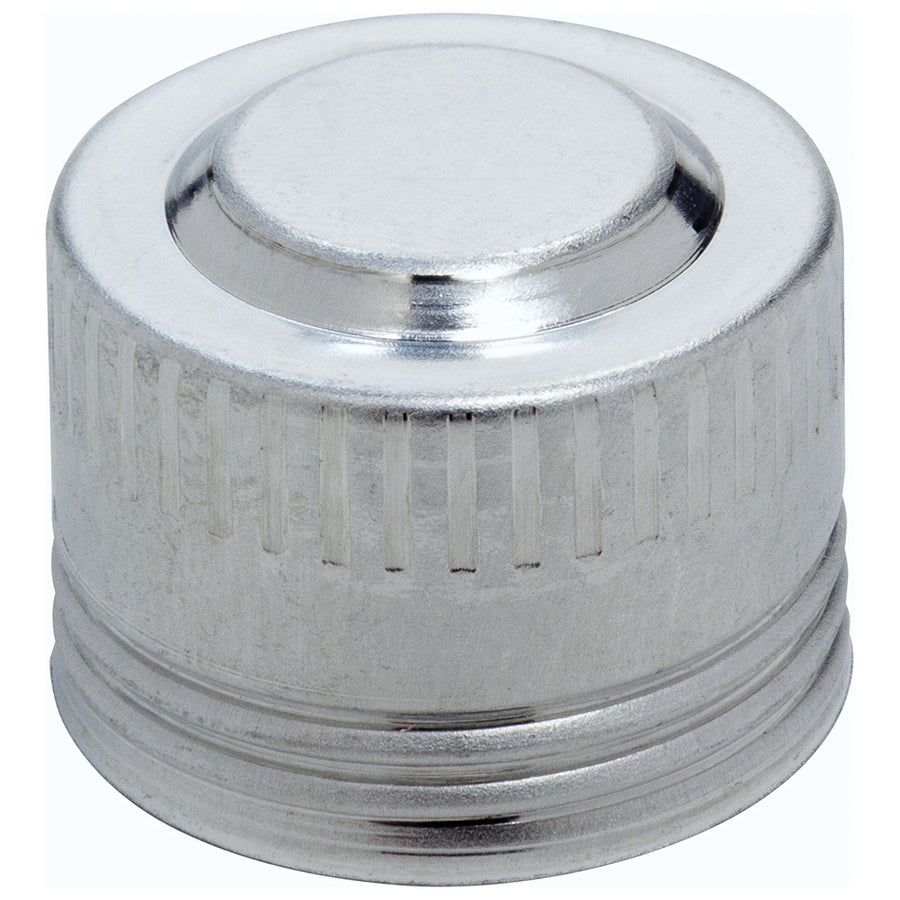
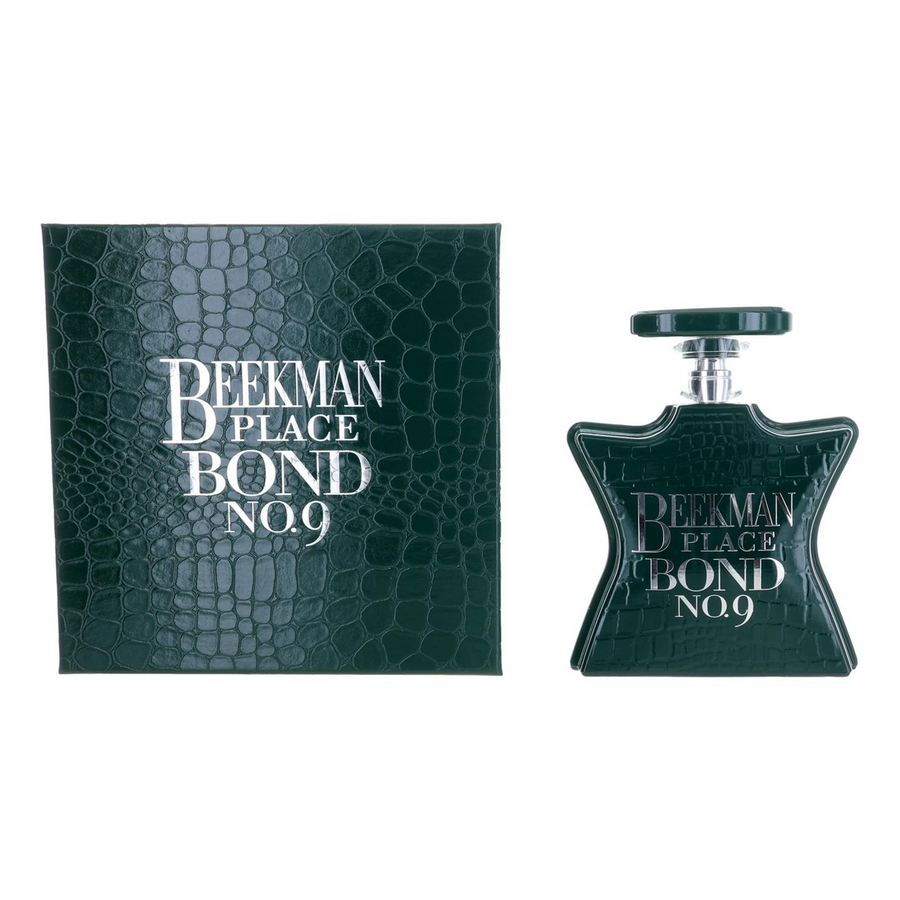

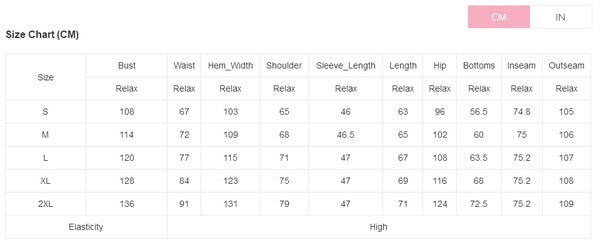





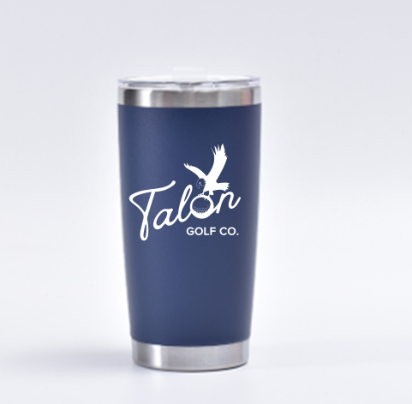






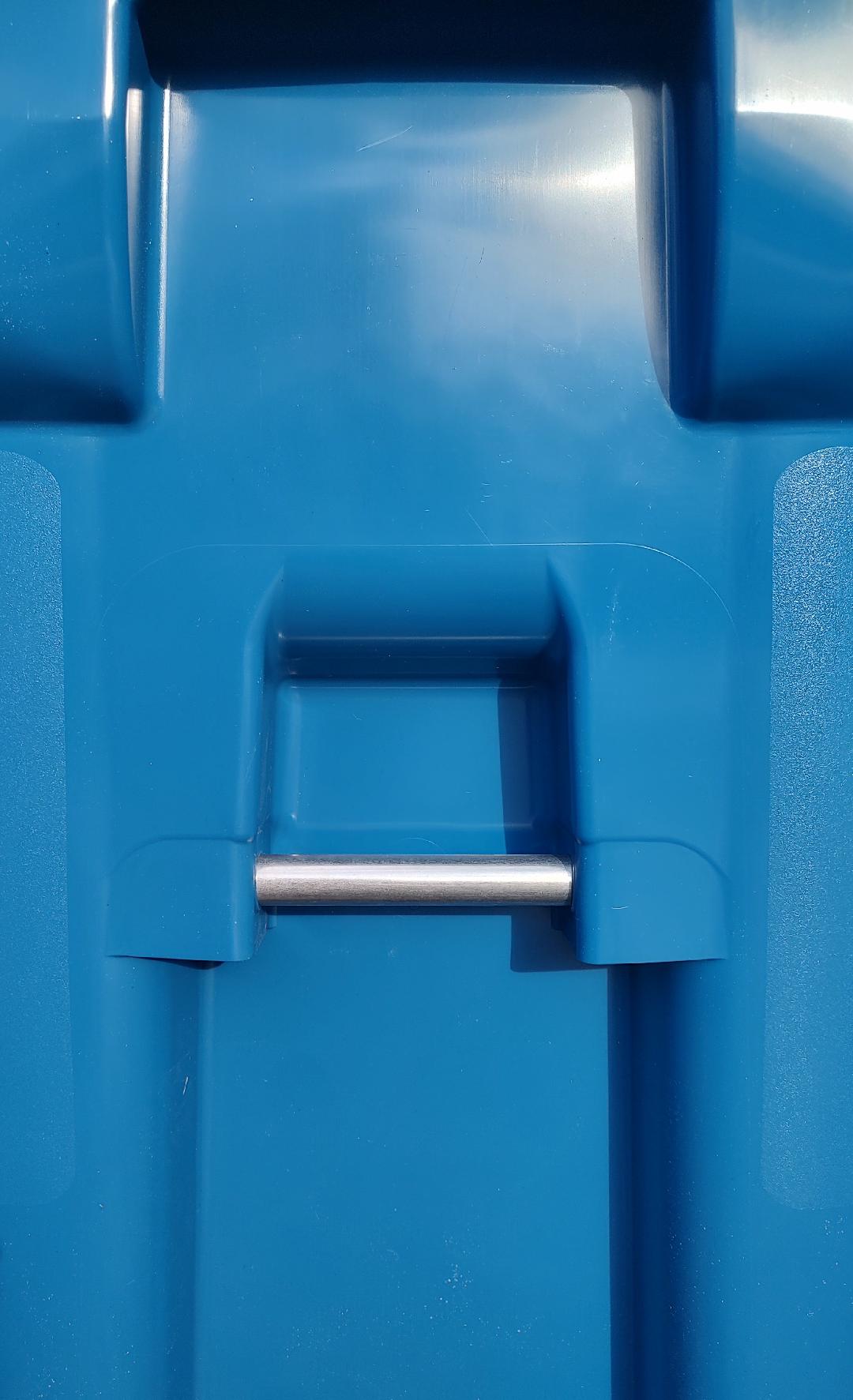




















Leave a comment